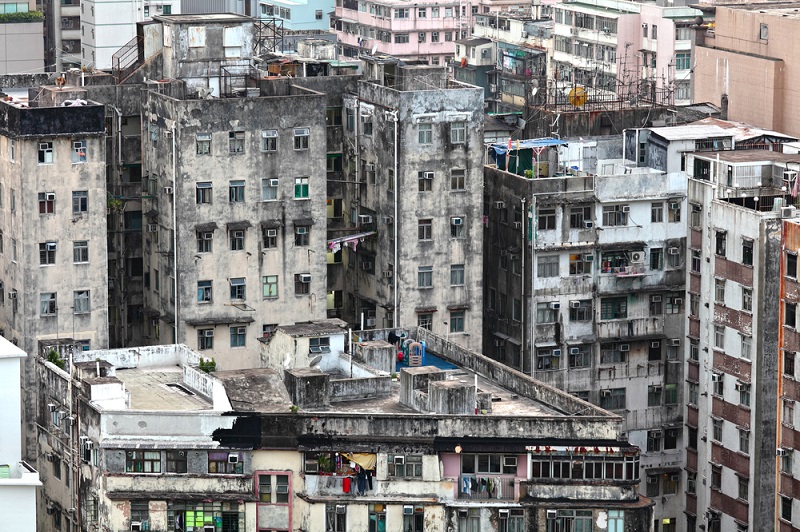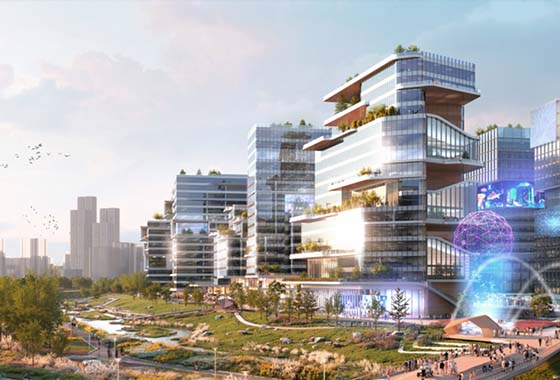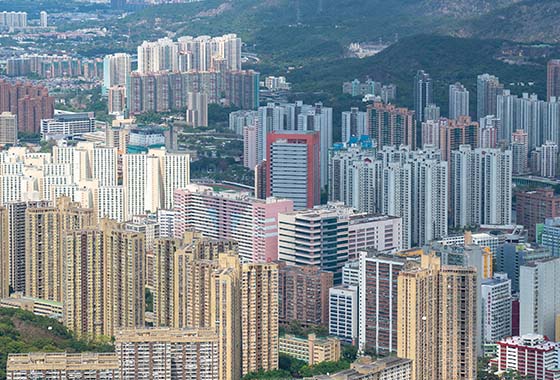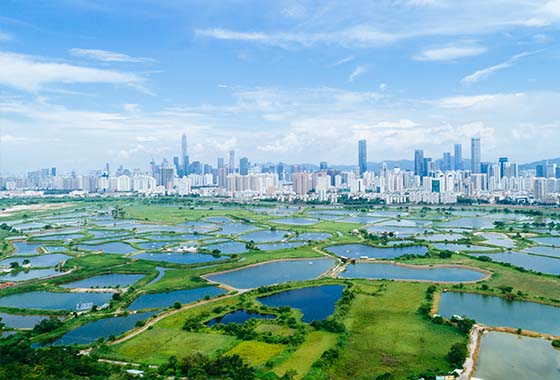Only reclamation can give Hong Kong the space it needs for a bright future
This article appeared originally in the South China Morning Post on 23 October,2018.
Authors: Dr Allan Zeman, Chairman of Lan Kwai Fong Group and former chairman of Ocean Park

We are at a crossroads. One of the biggest problems in Hong Kong, if not the biggest, is the housing problem, which is creating a crisis of confidence. People blame everything and everyone around them. Then again, it’s insane that anyone has to wait five years and three months for a public flat.
Because of high property prices, we also have shoebox flats being built – so-called nano flats as small as 123 square feet, even smaller than a parking space. To me, it is unacceptable. It’s like putting a bird in a cage and expecting it to be happy.
When young people graduate from university, their starting salary is low. It might take them 10 years, maybe more, to afford a property. This doesn’t give hope, but saps confidence and stifles progress. There is something very wrong with a system where neither the young nor the old can see a future for themselves.
Hong Kong faces many old constraints and only 24 per cent of the land is suitable for development, which is why reclamation is very important. Without reclamation we wouldn’t have new towns like Sha Tin, Tuen Mun and Tung Chung. Since further reclamation of Victoria Harbour is off the table, we must think out of the box.
Unfortunately, there was a lapse of reclamation for some time in Hong Kong and, under previous administrations, we stopped building subsidised flats for years when we should have built more. That caused the housing problem we have now. Worse, property prices go up when interest rates are low. So, the haves have more, and the have-nots have less.
Meanwhile, some of the improvised solutions to our worsening housing problem – subdivided flats – are immoral. A city like Hong Kong should not have subdivided flats. Given our gross domestic product and the money in our banks and the government’s reserves, we’re not a poor city. Use that money!
Reclamation is our future. I believe very strongly in the Enhanced East Lantau Metropolis proposed by Our Hong Kong Foundation. I am glad Chief Executive Carrie Lam Cheng Yuet-ngor has announced the “Lantau Tomorrow Vision”, which covers 1,700 hectares and will house up to 1.1 million people.
_0.jpg)
The artificial islands can be built in phases if need be. We need to start thinking about the future of our children and grandchildren, who will need proper spaces for schools and playgrounds. Also, Hong Kong’s smart city project could get under way on the reclaimed land in Lantau because you would be able to plan for the necessary technological infrastructure.
Although some have argued that allowing up to 150 mainlanders a day to move to Hong Kong adds to the housing problem, I think they are missing the big picture. Hong Kong needs to attract the right people, especially young people with expertise in technology.
The housing crisis has cost us stability. Hong Kong is stuck because we have come to a point where too much criticism is hindering progress.
When I was chairman of Ocean Park, I never really opened a public consultation, but I really did what I felt was the right thing for the theme park. When I first got there, it was losing money. I could have taken the usual route of running a government-owned park and just patched it up a little.
But I had a vision of it becoming the best theme park in the world. For more than a decade, I treated it like my own business and rebuilt it into a world-class attraction; it won the Liseberg Applause Award – the amusement park industry’s version of an Oscar.
We are not going to satisfy everyone, but we need to consider the majority and what is good for Hong Kong. The most important thing is to have confidence in Hong Kong and ourselves, work with the government and China, and get all the partners together. I support the chief executive’s policy address because it offers solutions to some of the problems we are facing. For the sake of our children and grandchildren, everyone in Hong Kong needs to do our part and be positive.
Beyond Lantau, the future of Hong Kong also lies in the Greater Bay Area, which I am all for. The high-speed rail takes Hongkongers to Shenzhen in 14 minutes, and to Guangzhou in 38 minutes. The Hong Kong-Zhuhai-Macau Bridge will greatly improve our connectivity to the area.
And, after the Greater Bay Area comes into being, I believe that more people will move to China of their own accord to pursue greater opportunities. Just as I saw bright prospects in Hong Kong when I came here 48 years ago, surely young Hongkongers will see the enormous potential in a market of 68 million people, with US$1.34 trillion in GDP, in the Greater Bay Area.



